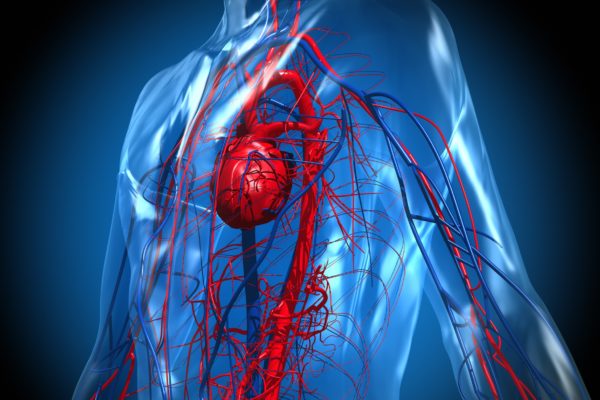
Rarediseases.org
When a giant-cell tumour occurs in the synovium – a membrane that covers the joints – it is known as pigmented villonodular synovitis or PVNS. Despite the fact that giant-cell tumours are benign, their growth rate can cause a lot of problems.
The tumours mostly occur in the knee but have also been found in the hip, ankle, elbow or shoulder. On rare occasions, the tumours affect the jawbones, fingers or the cartilage between the vertebrae. Giant-cell tumours are considered soft tissue tumours, even though they can also occur in the bone (see chapter Giant-cell tumour of the bone).
PVNS is an extremely rare condition. It is estimated that around 2 to 14 people in a million are diagnosed with PVNS every year. Patients are usually around 40 years old.
Patients with a giant-cell tumour of the synovium first experience pain in the affected joint or impaired motion or even ‘locked-up’ joints that cannot be used at all. In most cases symptoms occur gradually. Some patients experience a warm sensation in the skin of the affected joint, in other cases a notable swelling occurs.
There is no clear cause for PVNS, but in a number of cases, a genetic defect has been identified, specifically a translocation between chromosomes 1 and 2. This leads to excess production of the protein CSF-1, which in turn may lead to the formation of a giant-cell tumour.
A GP will rarely suspect a diagnosis of giant-cell tumour, but since most patient complaints involve not being able to move certain joints, patients are often referred to a physiotherapist. When physiotherapy proves to be ineffective, the patient will typically be referred to an orthopaedic surgeon or a rheumatologist. More tests will be conducted, including a biopsy, X-rays and MRI scans. X-rays will generally not show the tumour, unless it has already spread into the bone. An MRI scan may show swelling of the synovium. A biopsy will confirm the diagnosis.
In giant-cell tumours, surgery is considered to be the preferred therapy, though in some cases radiotherapy is advised. If a surgery is no longer a feasible option, targeted therapy can be considered. Not only does this cause the giant-cell tumour to shrink, but it will also relieve some of the pain patients experience. Sometimes full removal of the tumour proves impossible, in which case there is a large chance that the tumour will grow back. PVNS patients remain under observation by a specialist for a long time after treatment, as an untreated giant-cell tumour can cause irreparable damage to cartilage and joints. In an advanced setting, targeted therapy with kinase inhibitors may be a treatment option for eligible patients. Research into this therapeutic area is currently ongoing.






